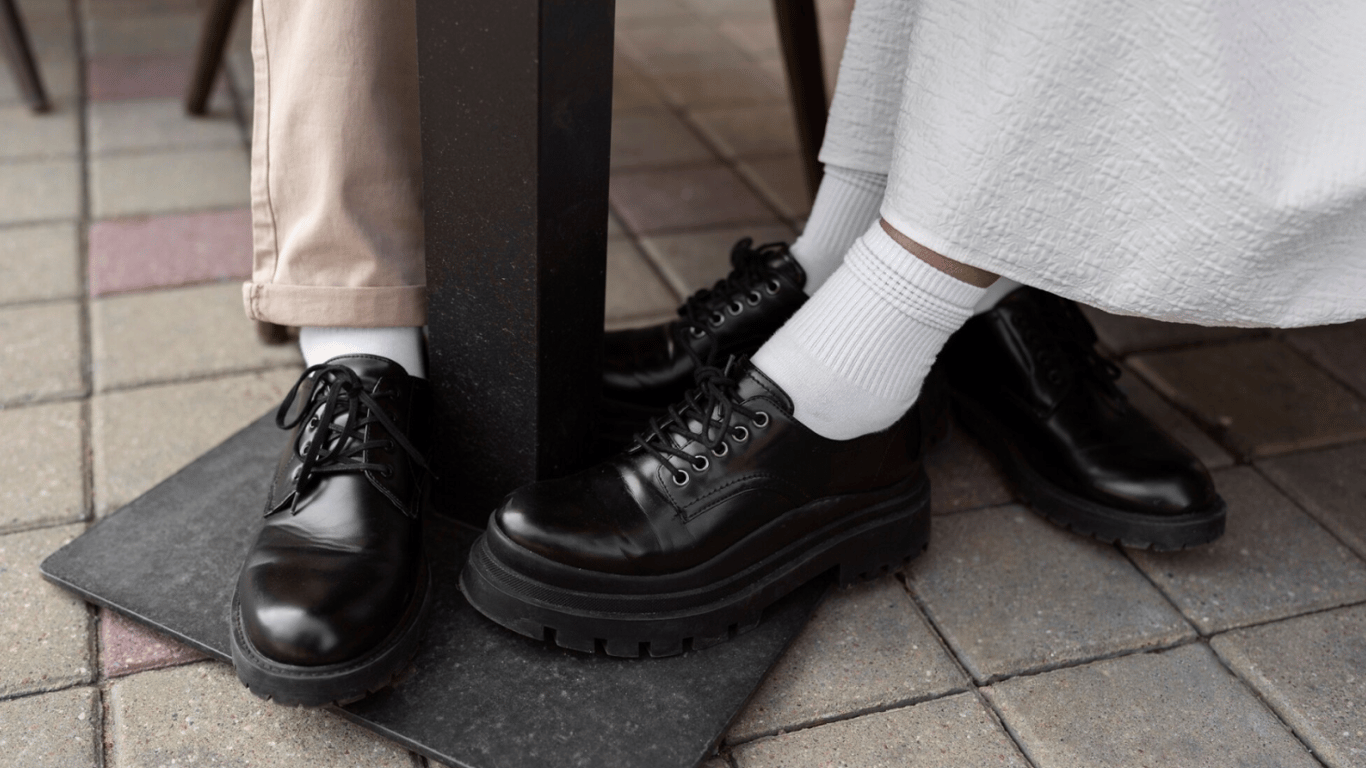Which tire tread pattern should a driver choose.


To maximize the mileage of car tires, one should know the differences in the operation of treads with different patterns: symmetric, asymmetric, and directional. Each of them is designed for different purposes.
This was written by Jalopnik.
What the tread consists of
- Ribs. Raised areas of the tread that provide traction within the tire.
- Blocks. Located all over the tire to further increase grip, as well as improve stability, acceleration, and braking.
- Grooves. Lines between the ribs that run around the tire and help expel water while retaining the flexibility of the tread blocks.
- Laminates. Small cuts on the tread blocks and ribs that improve grip and water drainage.
Symmetric tread
The ribs on a symmetric tire tread have the same pattern on both sides. With good, wide tread blocks, the symmetric tread design provides a smooth ride with minimal noise, good grip, and optimized fuel efficiency.
The symmetric tread pattern is ideal for everyday driving but is not suitable for high-performance applications. With fewer laminates, they do not resist wet conditions and hydroplaning as well as asymmetric or directional tires.
However, tires with a symmetric pattern can be freely interchanged and rotated in any direction to help the tires wear evenly, which is a significant advantage.
Directional tread
Such tires are easily recognizable as they have an arrow-shaped pattern indicating the direction of travel. Directional tires are designed for high-speed driving but also perform excellently in wet or dry road conditions.
They have tread blocks and laminates that effectively channel water away compared to symmetric tires. However, directional tires can only be changed from front to back — they cannot switch sides.
Asymmetric tread
Tires have a distinct pattern on the inner and outer halves of the tread ribs. Often featuring larger ribs and tread blocks, these tires typically provide improved handling and stability in corners. The shape of the tread blocks and numerous laminates offer good traction on wet roads and make them less prone to hydroplaning.
Some tires resemble directional tires in that they are specifically designed for the right or left side of the vehicle, although others can be swapped during rotation, provided that the outer sidewall is oriented correctly.
Explaining the differences between the three types of tire treads — symmetric, asymmetric, and directional — helps drivers understand which tires are best suited for certain operating conditions. Making the correct choice of tread will maximize tire lifespan and ensure safety on the road.Read also
- How to dry onions at home — the best methods
- The hair color that conquered 2025 — everyone wants this shade
- Outpacing Barbie and Hello Kitty — which brand has captured the toy market
- What to Choose for Autumn — Dresses by Andre Tan Are Always in Trend
- Like in the 1970s — Vintage Derby Shoes Are Making a Comeback
- Breakfast That Keeps Jennifer Aniston in Shape for Many Years









